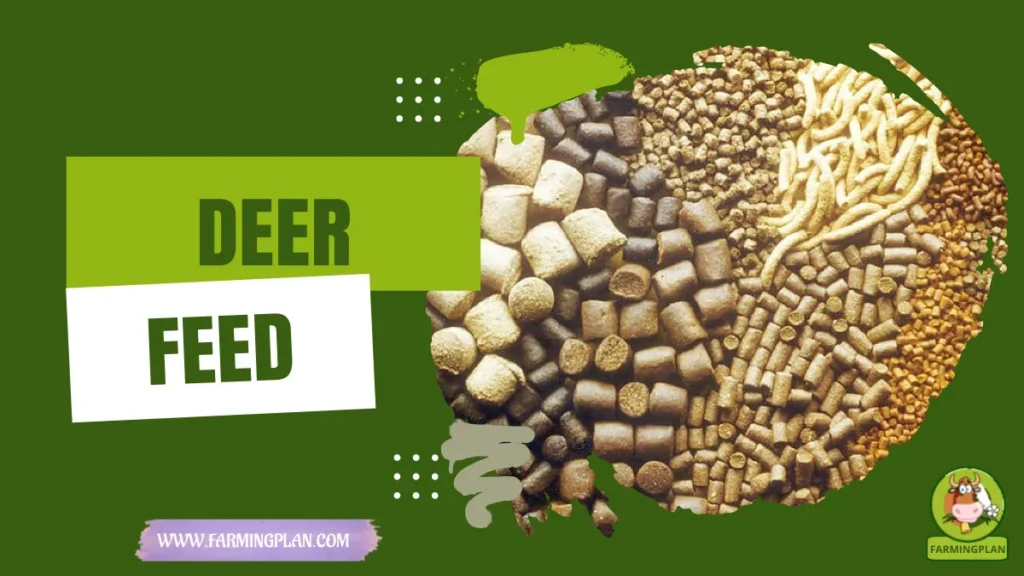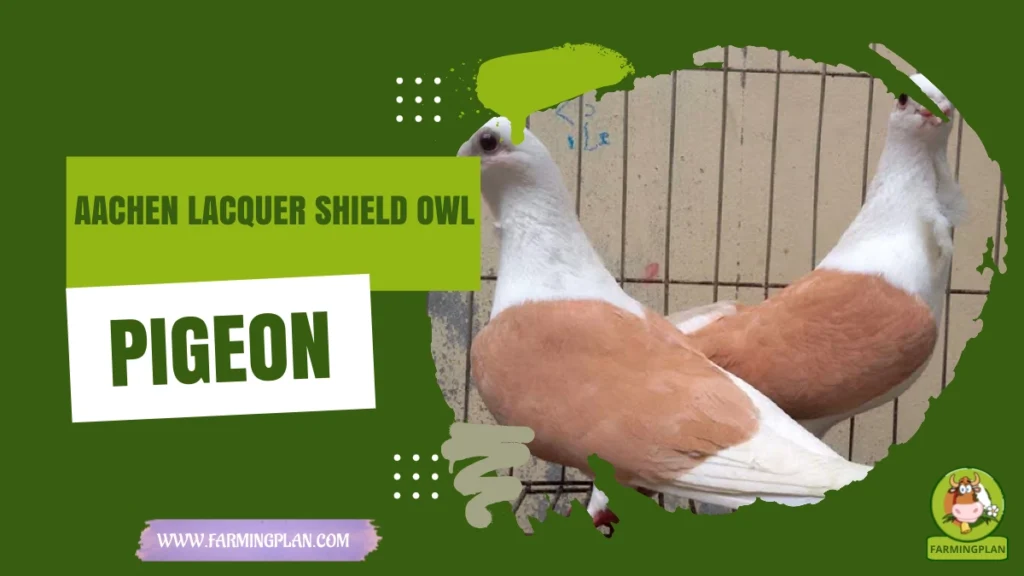If you’ve ever fantasized about owning a horse that seems to have stepped out of a medieval fairytale, the Friesian horse is your dream come true. Their striking black coats, flowing manes, and feathered feet are a sight to behold, turning heads wherever they go. But the Friesian horse is more than just a pretty face—this breed has centuries of rich history, a kind heart, and loads of strength. Whether you’re a hobbyist, breeder, or horse-crazy teen doodling them in your notebook, you’ll be captivated by these regal creatures. Once you’ve seen a Friesian horse up close, no other breed quite compares.
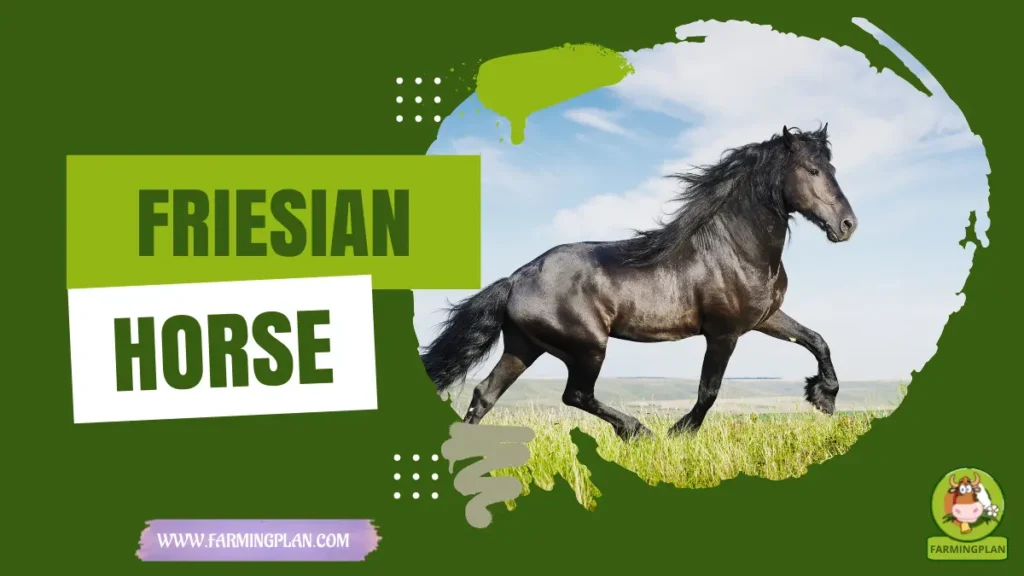
History & Origin of the Friesian Horse
Friesian horses come from Friesland, a northern province in the Netherlands. They date back to ancient times, believed to be descendants of horses used by Friesian soldiers during the Roman Empire. Through the centuries, the breed evolved—heavily influenced by Andalusian horses during the 16th and 17th centuries. This gave them their high-stepping action and arched neck that we admire today. By the 19th century, the Friesian became known for carriage work and light farm duties. They were elegant yet strong—a perfect match for noblemen and farmers alike. In fact, the Friesian horse was so admired that it became the official horse of the Imperial Household in Austria.
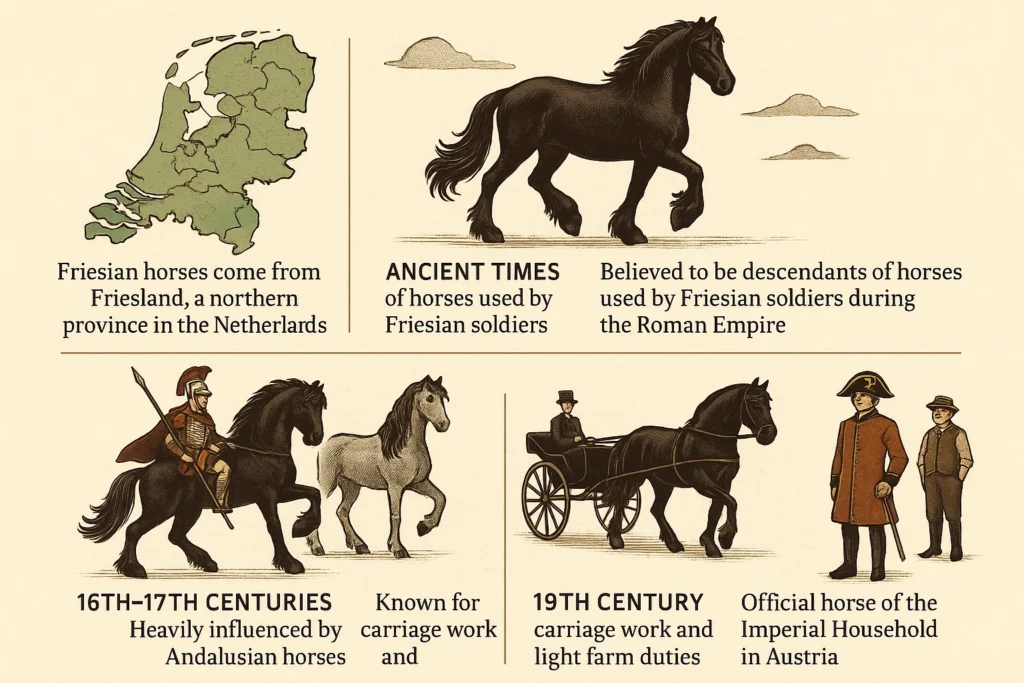
Despite nearly going extinct twice, dedicated Friesian horse breeders kept the line going through strict breeding programs. Today, the Friesian Horse Association of North America plays a big role in promoting and preserving this iconic breed.
Characteristics of the Friesian Horse
What makes the Friesian horse so recognizable? First, that deep black coat—it’s the classic color and almost a breed standard. Some Friesians are born with small white markings, but for official registry, solid black is preferred. They stand between 15.2 and 17 hands tall with a muscular, cobby build. You’ll notice their thick mane and tail, often wavy, and long feathering on their lower legs. Their heads are noble and slightly convex with expressive eyes that hint at their gentle nature.
There are two types of Friesian horses: the sport horse and the baroque type. The sportier type has a leaner, athletic build perfect for dressage, while the baroque version is heavier and more traditional—great for driving and historical reenactments.
Read More: Scottish Horse Heritage: The Forgotten History Revived with Passion
Nature & Temperament of the Friesian Horse
Don’t let their royal looks fool you—Friesians are total sweethearts. They’re known for being willing, friendly, and eager to please. They build strong bonds with their owners and are generally safe for both beginners and advanced riders. These horses are also quite intelligent. Training Friesian horses usually goes smoother than other breeds. They learn quickly and seem to enjoy having a job to do. Their energetic spirit means they need regular mental stimulation and physical activity to stay happy. Their intelligence will impress you and keep you intrigued by their capabilities.
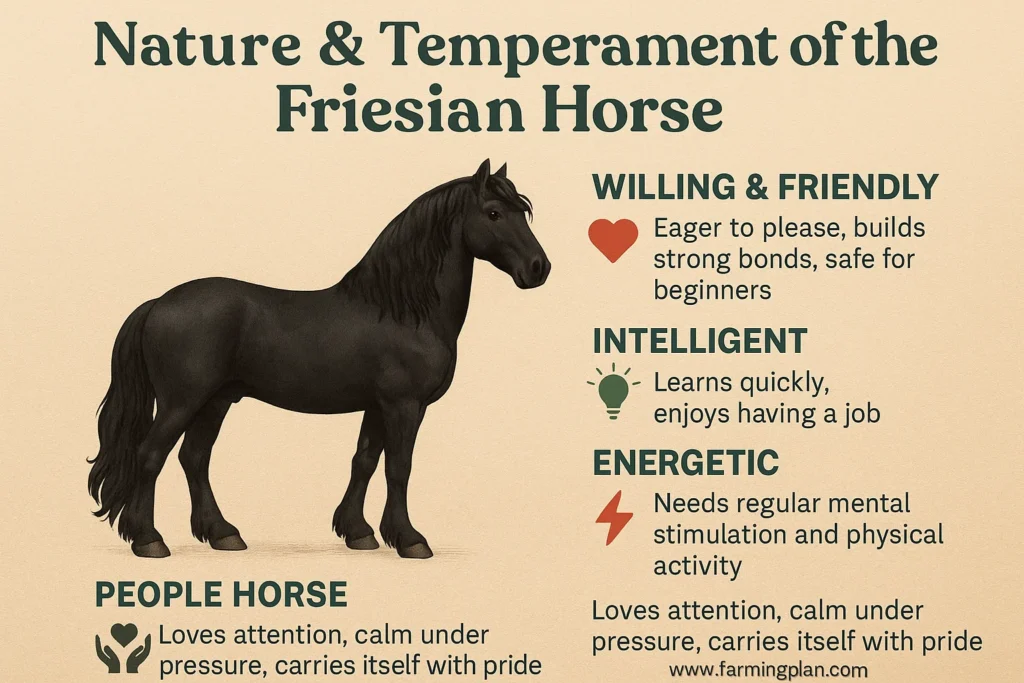
They’re often described as “people horses” because they love attention and grooming time. If you’re looking for a horse that’s affectionate, calm under pressure, and carries itself with pride, a Friesian might be your perfect match.
Food & Diet of the Friesian Horse
Friesian horses have big appetites, but they’re also prone to gaining weight if overfed. I stick to high-quality grass hay or pasture and limit grain unless they’re in heavy training. They do best with several small meals a day instead of one large feeding. Watch out for excessive sugars and starches. Too much of that can cause colic or laminitis. I add a mineral supplement tailored to my pasture’s soil content and ensure they always have access to clean, fresh water.
Also, Friesians benefit from joint supplements like MSM or glucosamine because of their heavy build and high-stepping gait. Feeding smart is the key to keeping a Friesian healthy, active, and shiny-coated.
Usage & Purpose of the Friesian Horse
You’ll find Friesian horses shining in several roles. Their beauty and movement make them stars in dressage arenas. They’re commonly seen in classic driving competitions and historical parades. Some folks even use them in medieval jousting reenactments and fantasy films. Despite their refined look, Friesians are strong enough to pull carriages, plow small fields, and even perform in ranch versatility events. I’ve seen Friesians do Trail – Versatility Ranch Horse events, which is pretty amazing for such a regal-looking animal!
They’re also a favorite for leisure riding. Whether on trail rides or doing groundwork in a round pen, Friesians are adaptable, responsive, and just plain fun to be around. Their versatility will reassure you that they can fit into your lifestyle, making them a perfect choice for any horse enthusiast.
Read More: Belgian Draft Horse: The Ultimate Workhorse for Modern Farms
Special Features of the Friesian Horse
One thing that sets the Friesian apart is its feathering—those long hairs on their lower legs are just gorgeous. They also have a high knee action that gives them a floating, majestic trot. That’s why they’re often chosen as carriage horses in shows and weddings. Their black coat isn’t just beautiful—it’s iconic. Though rare, you might spot a white Friesian horse (usually due to a cross or genetic mutation), but black remains the standard. Their thick mane and tail make grooming time feel like you’re prepping a show pony every day.
Friesians also have a loyal, almost dog-like personality. I’ve had Friesians follow me around the pasture like oversized puppies. They remember people and respond well to soft tones and kind treatment.
Health Issues & Prevention of the Friesian Horse
Friesian horses are generally healthy, but they do have some breed-specific health issues. One major concern is their tendency toward digestive problems like colic due to their sensitive guts. I keep a close eye on their water intake and feed schedule to prevent this. Another issue is Equine Polysaccharide Storage Myopathy (PSSM), a muscle disorder. Careful feeding and regular exercise help manage it. Their heavy feathering can also trap moisture and dirt, leading to skin conditions like scratches.
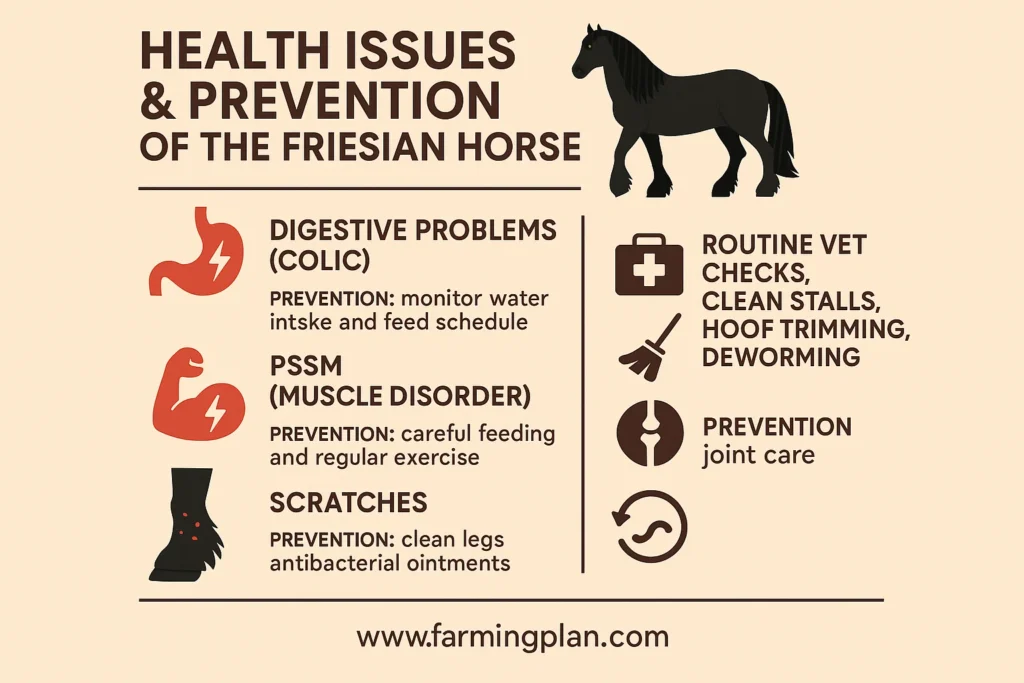
I recommend cleaning their legs regularly and using antibacterial ointments when needed. Joint care is also vital—due to their powerful build and dramatic movement, Friesians can be prone to arthritis as they age. Routine vet checks, clean stalls, hoof trimming, and deworming are part of my Friesian care checklist. Prevention keeps them shining and sound for years.
Step-by-Step Pet Owner Care Guide
This guide walks you through exactly how I care for my Friesians, from shelter to training. If you’re a new owner or just looking to fine-tune your routine, these steps will help you raise a Friesian that’s healthy, calm, and absolutely radiant.
Step 1: Set Up a Comfortable Shelter
Friesians are large, majestic horses that need roomy, safe shelter. My stalls are a generous 12×12 feet minimum, but I prefer 14×14 if I can manage it—especially for stallions or horses with a lot of energy. I bed with 8 to 10 inches of straw or fine shavings, depending on the season, and I muck out first thing in the morning, every day. Trust me, they notice when it’s fresh.
Ventilation can’t be overstated. Friesians are prone to respiratory issues if kept in musty barns, so I’ve installed high-velocity fans and louvered windows to keep fresh air circulating year-round. During the warmer months, I leave stall doors open to attached paddocks so they can self-exercise, socialize, or just soak in the sun. That daily freedom makes a huge difference in their mental well-being.
Step 2: Create a Balanced Diet Plan
My feeding routine starts with two generous flakes of high-quality timothy hay in the morning and evening. If the pasture is lush, I adjust accordingly. Friesians are “easy keepers,” meaning they gain weight quickly—so I go easy on the grain unless we’re training hard. For working horses, I add beet pulp soaked in warm water and a low-sugar performance pellet to give them a boost.
I always provide access to loose salt and a custom-blended mineral mix tested against our soil. Their water troughs get scrubbed with a stiff brush every other day, even in winter, and I use heated buckets or submersible heaters to prevent freezing. Once a month, I measure and score their body condition to make sure I’m not missing any subtle weight gain or loss. Nutrition is half the battle when it comes to keeping a Friesian healthy.
Step 3: Start a Grooming Routine
Friesians are the supermodels of the horse world, and their upkeep reflects that! I start by spraying the mane and tail with a leave-in detangler, then finger-comb gently to avoid pulling hair. I wash their mane, tail, and feathers with a sulfate-free shampoo every 2–3 weeks, and I deep condition the ends to prevent dryness or sun damage.
The feathers get extra attention. After a wash, I dry them with clean towels and a low-heat blow dryer to prevent fungal infections. I also dust the feathers with medicated powder during rainy seasons to avoid scratches. Hooves are picked twice daily—once in the morning and once after turnout. I schedule trims every 6 weeks religiously, and my farrier checks for thrush or flare-ups while he’s there. Consistent grooming isn’t just cosmetic—it’s health care.
Step 4: Train With Patience and Consistency
I’ve learned the hard way that Friesians don’t respond well to harsh correction or rushed training. They’re smart, sensitive, and sometimes a bit stubborn—but once they trust you, they’ll go to the ends of the earth. I begin with 15–20 minutes of groundwork like yielding, flexing, and backing up to sharpen their focus. This sets the tone for respectful saddle work.
Under saddle, I keep sessions short and positive. I mix up arena work with trail rides to keep them mentally stimulated. Friesians mature slowly, so I don’t start serious collection work or canter transitions until age 5 or later. I reward with verbal praise, light scratches, and the occasional peppermint. The real magic comes from consistency—same commands, same timing, same expectations. That’s how a Friesian becomes a partner, not just a ride.
Step 5: Keep Up with Vet and Farrier Visits
Routine care is non-negotiable with Friesians. I keep a written log of every deworming, vaccine, and dental float. I do two full vet exams a year—spring and fall—and include bloodwork to catch any silent issues. I also have a standing relationship with an equine chiropractor and massage therapist who visit quarterly.
My farrier comes every 5–6 weeks, even if wear looks minimal. Friesians are heavy on their front end, and overgrown toes can cause long-term joint issues. I do daily hoof checks for heat, smell, or soft spots. Any sign of lameness, stiffness, swelling, or change in appetite gets a call to the vet. Catching problems early is how I keep my Friesians thriving, year after year.
Caring For A Friesian Isn’t Just Chores—It’s A Daily Ritual Of Trust, Bonding, And Beauty That Builds A Lifelong Friendship.
Expert Tips & Best Practices
- Start grooming young: Get your Friesian used to handling early on.
- Never skip feather care: Moisture can lead to infections.
- Avoid overfeeding: These horses gain weight easily.
- Involve a vet in dietary planning: if you’re unsure about supplements.
- Invest in good tack: Ill-fitting saddles can cause long-term issues.
- Keep them social: Friesians thrive on companionship.
- Use slow feeders: to prevent boredom and overeating.
- Practice groundwork regularly: It improves respect and communication.
- Document everything: Keep a care and health journal.
Read More: Clydesdale Horse: The Gentle Giants of the Equine World
FAQ
How much does a Friesian horse cost?
A Friesian horse can cost between $10,000 to $30,000 or more depending on age, training, and lineage.
Are Friesian horses good for beginners?
Yes, Friesians are gentle and forgiving, making them great for beginner riders when properly trained.
Can Friesian horses live in hot climates?
They can, but you’ll need to manage their thick coat and feathering to avoid overheating and skin issues.
How long do Friesian horses live?
With proper care, Friesians live about 16 to 20 years on average.
Where can I buy a Friesian horse?
Search for “Friesian horse breeders near me” or check Friesian horse auctions and associations for registered listings.
Conclusion
Friesian horses are truly something special. With their majestic looks, kind temperament, and versatile abilities, they’re more than just beautiful—they’re dependable partners and lifelong companions. Whether you’re looking to ride, show, or simply admire a Friesian in your pasture, there’s no doubt they’ll steal your heart. I’ve worked with many breeds over the years, but Friesians always leave an impression. If you’re ready for a bold, elegant, and loving horse, the Friesian might just be your dream come true.

